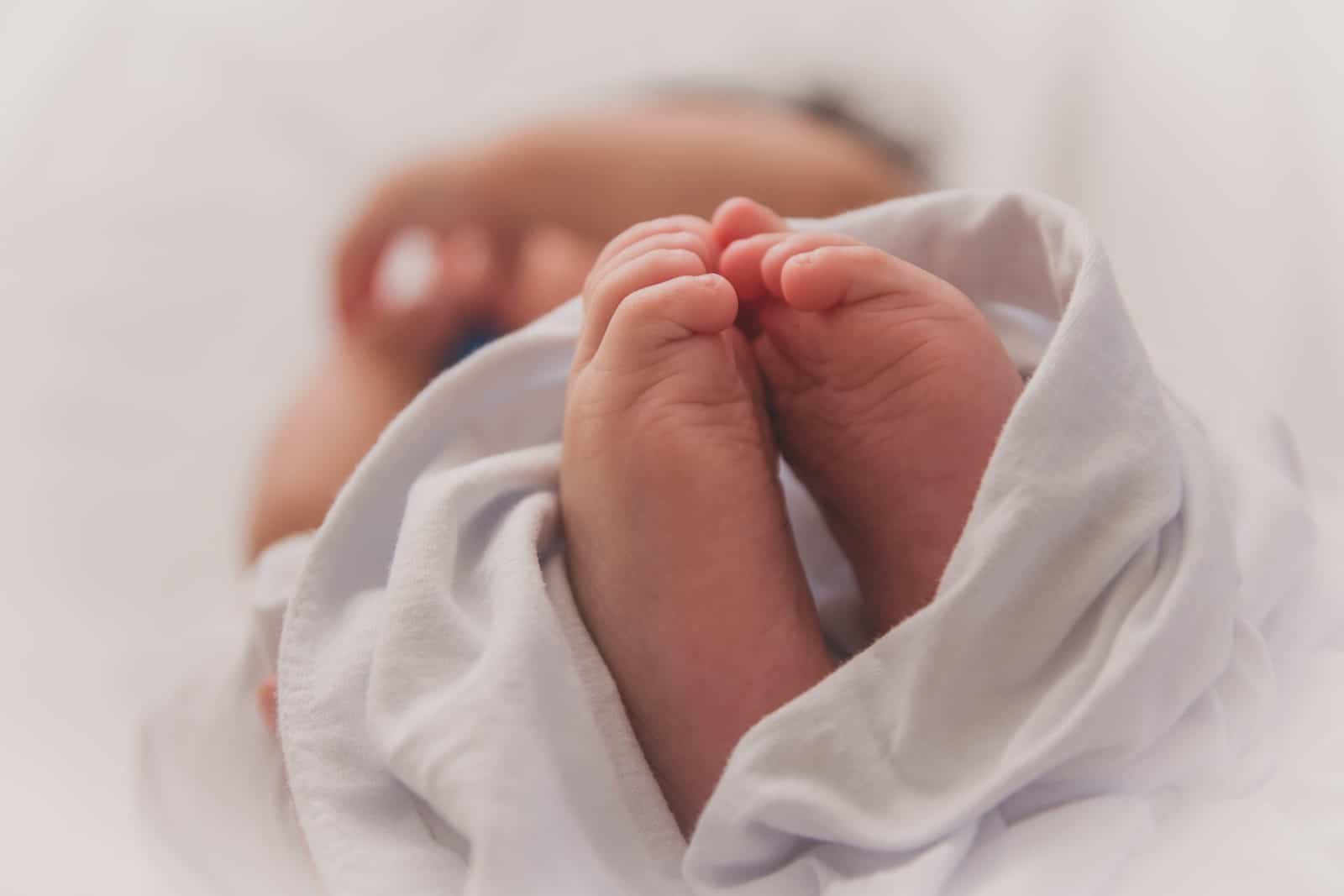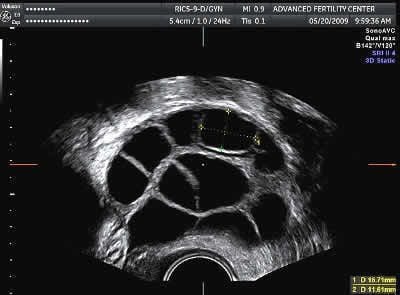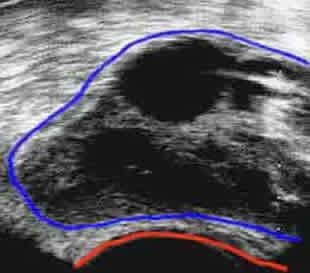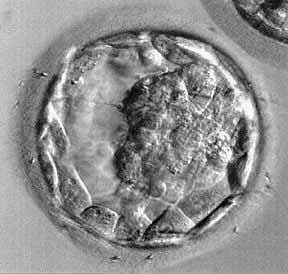
IVF - In Vitro Fertilization Procedures Step by Step
What is in vitro fertilization - IVF?
The IVF process involves:
- Stimulating multiple follicles and eggs to develop
- Egg retrieval to get the eggs
- Fertilizing the eggs in the laboratory
- Embryo transfer to the uterus
Louise Brown was the first IVF baby in the world. She was born in July of 1978 in England. Louise was 28 (in 2006) when she had her own baby (without IVF).
- Hundreds of thousands of children are now born every year as a result of IVF
- For an overview of IVF, see In vitro fertilization
The process of in vitro fertilization - how is IVF done?
Basic screening tests are performed on both partners at all IVF clinics
In general, some testing of "ovarian reserve" should be done on the female prior to starting the injections.We use day 3 FSH and AMH blood testing as well as antral follicle counts for this purpose.These tests help predict how well the ovaries will respond to the drugs (making sufficient follicles and eggs).The number of follicles that develop when we stimulate the woman correlates with the number of eggs we get at the egg pickup (aspiration or retrieval) procedure.The number of eggs retrieved correlates with IVF success rates
Consents are signed by all parties
The woman is stimulated with injected medications to develop multiple follicles in the ovaries. Each follicle contains a microscopic egg. These injections continue to stimulate follicle and egg growth and development for about 8 - 10 days.
- Details about ovarian stimulation protocols for in-vitro fertilization
- Details about the subcutaneous injectable medications
- Sample in vitro fertilization calendar of a "typical" cycle that shows the days medications are given, office visits, etc.
Blood and ultrasound testing is done every 1-3 days to monitor the development of the follicles (egg-containing structures) in the ovaries.
We need to get a minimum number of 3 follicles to develop to maturity in order to be able to proceed with the egg retrieval. About 90-95% of women under 40 with a normal FSH and normal antral follicle counts will develop at least this minimum number of follicles.
If this many mature follicles can not be obtained from the stimulation process - we will "cancel" the cycle (not proceed with egg retrieval). Criteria for cancellation can vary between IVF centers.
Our criteria for cycle cancellation
p
Ultrasound picture of follicles (black circular areas) in a stimulated ovary
Cursors outline a 15 mm follicle
When a sufficient number of the woman's follicles are mature, a transvaginal ultrasound-guided egg retrieval (egg aspiration) procedure is performed to remove the eggs from the follicles. At our IVF clinic, the average duration of the egg retrieval procedure is under 10 minutes, with a range of about 2-15 minutes. Powerful anesthesia medications are used so that the woman is "out" during this procedure and does not feel or remember anything.
Pictures of in vitro fertilization procedures
The egg aspiration procedure in progress - an egg is aspirated from a follicle
Ovary outlined in blue - area between red and blue lines is tissue at top of vagina
The needle is passed through the top of the vagina to get to the follicles and eggs.
The needle is the white line (along the white dots) on the right
The eggs are then fertilized in the laboratory with her partner's sperm. If the sperm (or the eggs) are of poor quality, the ICSI procedure might be used to aid in fertilization.
The embryos are cultured in the IVF laboratory for 2-7 days.
The embryo transfer procedure is done which places the embryos in the woman's uterus where they will hopefully implant and develop to result in a live birth. This is like a Pap smear for the woman. There should be no discomfort.
If there are leftover embryos (of sufficient quality) beyond the number that is transferred, many couples prefer to have them frozen (cryopreserved) for use in a future cycle. Embryo cryopreservation can be used for another attempt at having a baby if the "fresh" cycle fails - or as an attempt to have another child if the fresh cycle is successful.
IVF live birth success rate statistics
Success rates for IVF procedures vary considerably by the program handling the case. This is an important factor to consider - and not well understood by many consumers of infertility and IVF services.
Make sure that you discuss pregnancy and delivery success rates in detail with your doctor before you start a cycle. You should ask about their pregnancy and live birth rates for couples similar to you (e.g. same age group and diagnosis).
Get numbers in writing from your center before getting started. Any program will be able to provide this. If they are unwilling to provide pregnancy and/or delivery rates in writing, consider going elsewhere - they probably have low pregnancy rates.
A national summary and clinic-specific IVF results for the 2016 calendar year were released in 2018 and posted on the website of The Centers for Disease Control and Prevention, CDC, a US government agency).
In 2019, the Society for Assisted Reproductive Technology, SART posted clinic-specific IVF success rates for 2017 cycles.
See our IVF live birth success rates
in-vitro fertilization blastocyst
Day 5 IVF embryo at the blastocyst stage
The cluster of cells on the right side are fetal cells
The other peripheral cells will become the placenta
The fluid-filled cavity of the blastocyst is on the left side
Blastocyst transfer of 2 embryos allows high pregnancy rates and almost no risk for triplets or higher
Costs of In Vitro Fertilization
Our IVF cycle cost includes everything except medications for $10,000 (cash discounted price).
The average charge for IVF nationwide is about $12,000. Some centers charge $15,000 or more.
It is important not to equate price with quality when it comes to IVF. A program can be very expensive and have low success rates.
We also offer a 100% money-back guarantee pricing option for couples that qualify.
Categories
About the AFCC Blog
Welcome to the Advanced Fertility Center of Chicago’s blog! Here, you will find information on the latest advancements in fertility care and treatments, including IVF, IUI, third-party reproduction, LGBTQ+ family building, preimplantation genetic testing, and more. Since 1997, we’ve used our experience and continuous investment in the latest fertility technology to help thousands of patients grow their families. Contact us today for more information or to schedule a new patient appointment.




